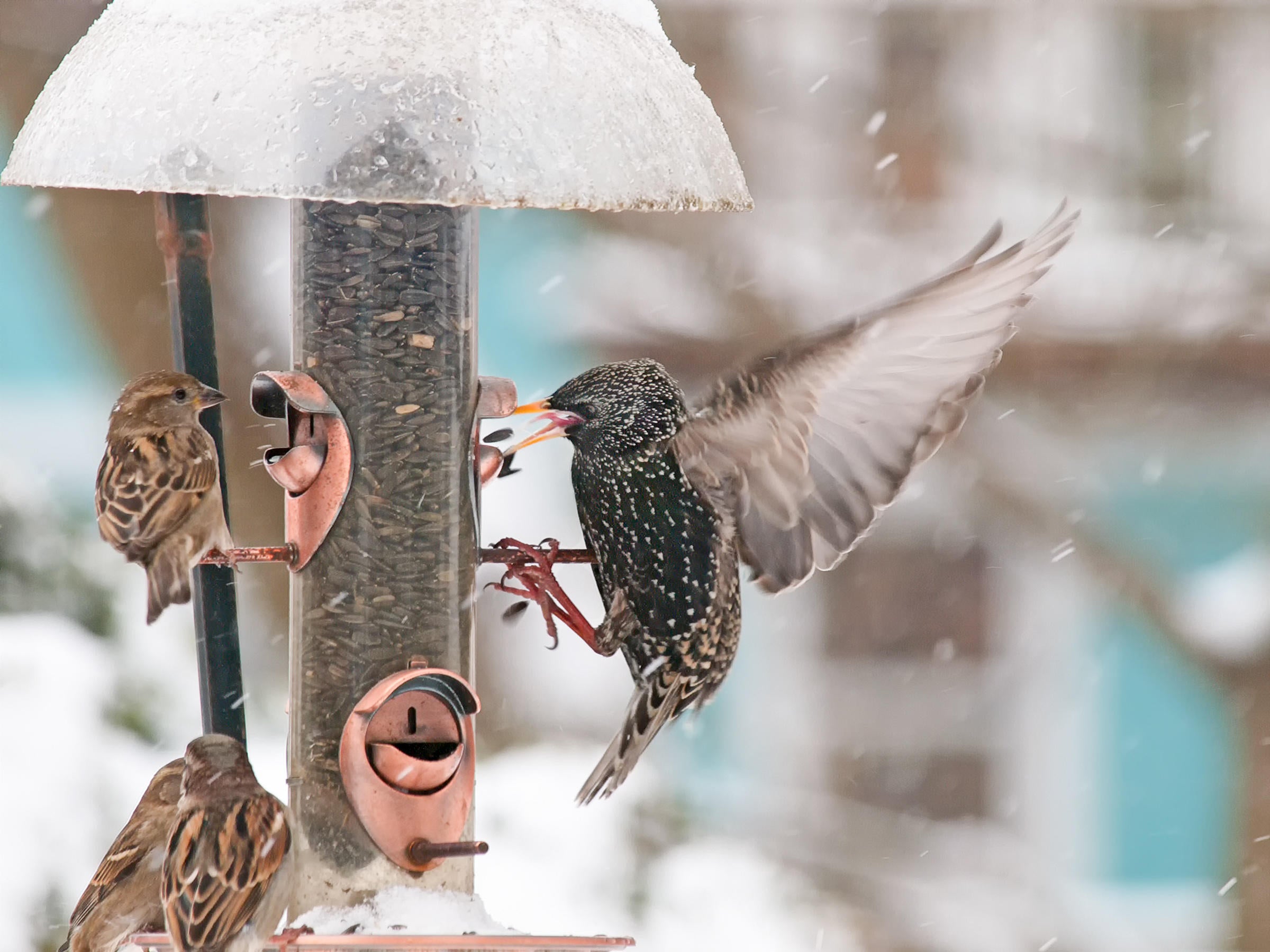As bird enthusiasts, we all want to attract a variety of wild birds to our yards. One of the best ways to do this is by providing them with a reliable source of food - birdseed. However, with so many options available in the market, it can be overwhelming for beginners to choose the right type of birdseed. In this article, we will guide you on how to find birdseed for wild birds and help you create an inviting feeding station for these beautiful creatures.
1. Understanding the Different Types of Birdseed
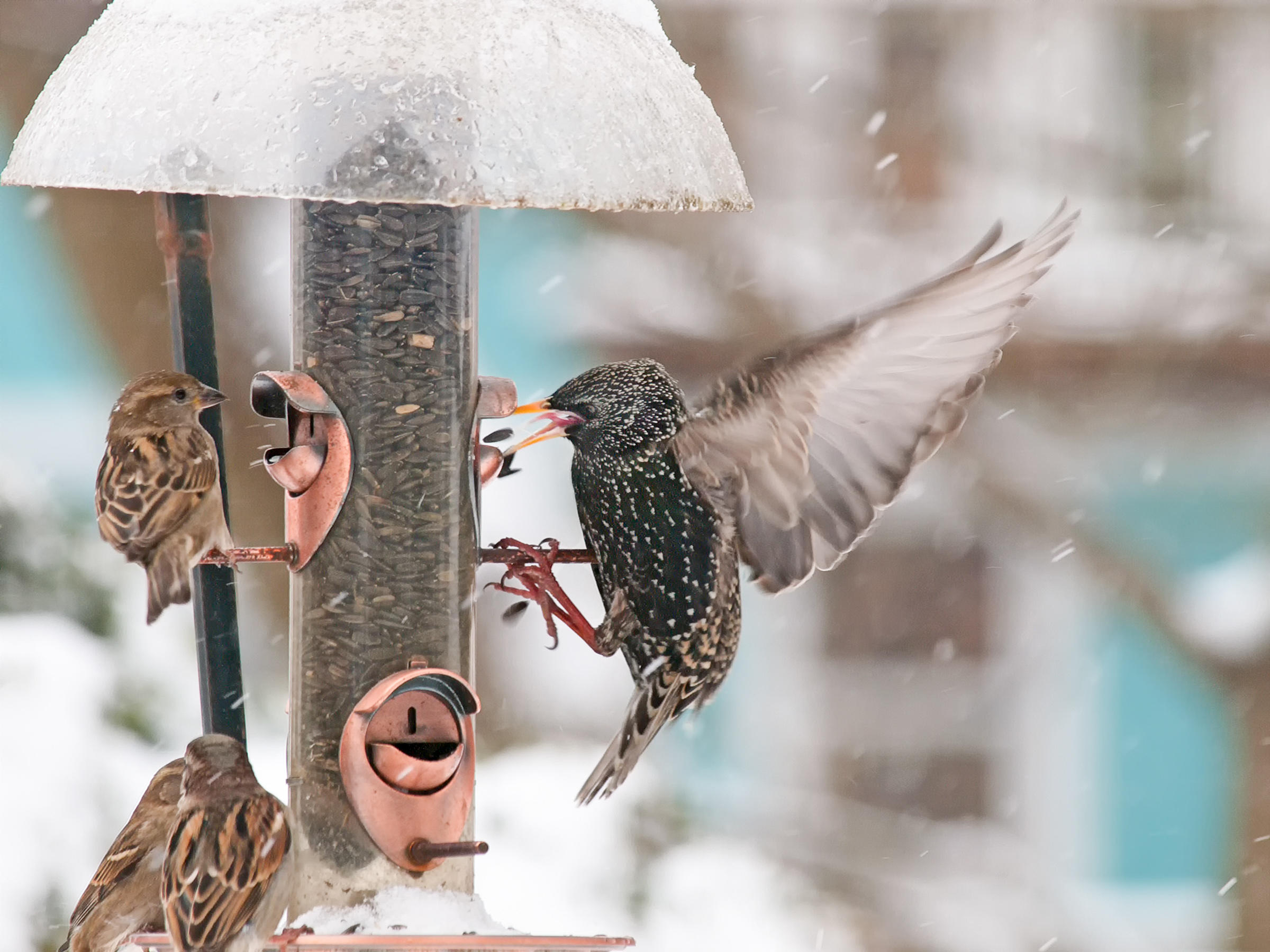
Subheadings:
a) Seed mixtures vs Straight seeds
Birdseed can be categorized into two types – seed mixtures and straight seeds. Seed mixtures are a blend of different types of seeds, while straight seeds consist of only one type of seed. It is important to understand the difference between the two to determine which one is suitable for the species of birds you want to attract.
b) Common types of birdseed
There are various types of birdseed available in the market, each catering to different bird species. Here are some common types of birdseed and the birds they attract:
- Black Oil Sunflower Seeds: These seeds have a high oil content, making them a favorite among a wide range of birds such as cardinals, chickadees, finches, jays, nuthatches, and more.
- Nyjer Seeds: Also known as thistle seeds, these small black seeds are a favorite among finches, sparrows, buntings, and other small-beaked birds.
- Millet: Small, round, and beige in color, millet is a popular choice among ground-feeding birds like doves, quails, and sparrows.
- Peanuts: Whole peanuts or peanut kernels are loved by woodpeckers, titmice, jays, and bluebirds.
- Safflower Seeds: White in color, safflower seeds are a good choice for attracting cardinals, chickadees, and doves while deterring squirrels and grackles.
2. Considering the Nutritional Needs of Wild Birds
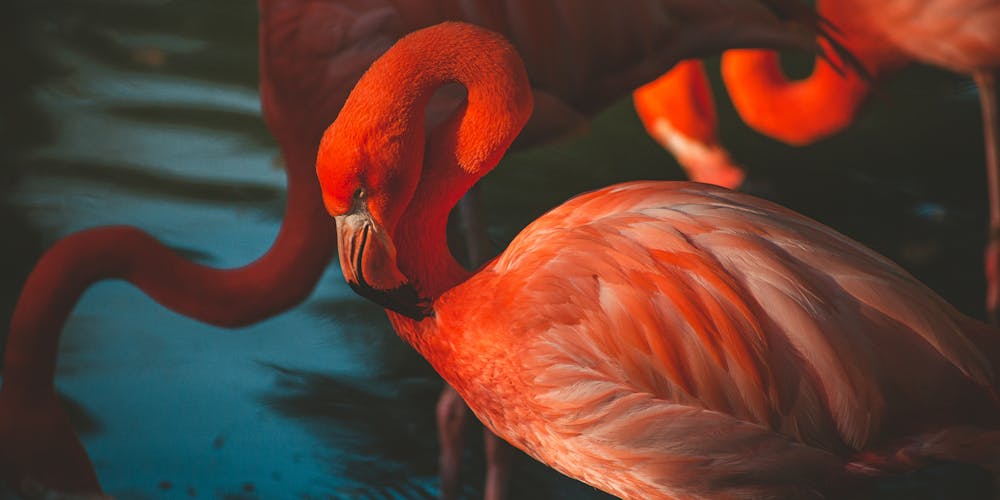
Subheadings:
a) Protein and Fat Content
Just like humans, birds need a balanced diet to stay healthy. The protein and fat content in birdseed plays a crucial role in providing the necessary energy and nutrients for wild birds. Generally, seeds that are high in oil and fat content are preferred by most birds as they provide them with the required energy to survive in the wild.
b) Calcium and Minerals
Some bird species require calcium and minerals for their bone strength and egg production. If you want to attract birds like woodpeckers, blue jays, and finches to your yard, consider adding calcium-rich foods like suet, peanuts, and insects to your bird feeder.
c) Avoiding Artificial Ingredients
When purchasing birdseed, make sure to read the label and avoid any products that contain artificial colors or preservatives. These additives can be harmful to birds and may not provide them with the essential nutrients they need.
3. Choosing the Right Bird Feeder
:max_bytes(150000):strip_icc()/pine-cone-bird-feeder-385750-hero-a5634c8de90847899c111a5521b6b694.jpg)
Subheadings:
a) Different Types of Bird Feeders
There are various types of bird feeders available in the market, including platform feeders, hopper feeders, tube feeders, and suet feeders. Each type caters to different bird species and has its own set of pros and cons. Consider the size and type of birds you want to attract before investing in a feeder.
b) Feeders for Ground-Feeding Birds
If you want to attract ground-feeding birds like doves, quails, and sparrows, consider adding a platform feeder or scattering seeds on the ground. Make sure to keep the area clean and free from any debris or predators.
c) Feeders for Perching Birds
Perching birds like finches, sparrows, and chickadees prefer feeders that offer a convenient perch to eat their food. Hopper feeders, tube feeders, and suet feeders are a good choice for these types of birds.
4. Tips for Setting up a Bird Feeding Station
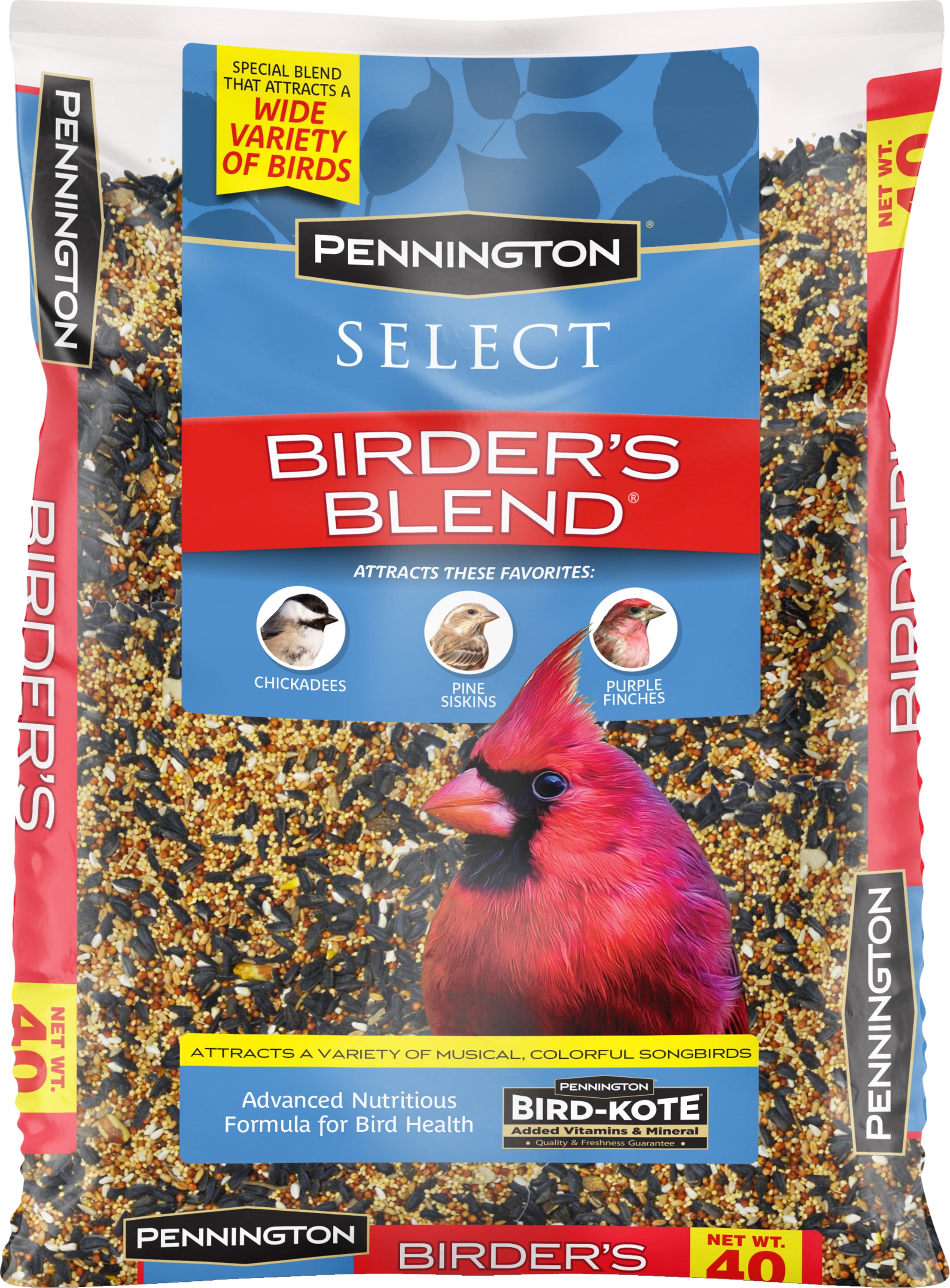
Subheadings:
a) Location is Key
Choosing the right location for your bird feeder is crucial in attracting wild birds. Place it in an open, visible spot, away from any distractions or potential predators. Make sure to keep it near trees or shrubs to provide cover for the birds.
b) Cleanliness is Important
Regularly clean your bird feeders and remove any old or moldy seeds as they can be harmful to birds. This also helps prevent the spread of diseases among the birds.
c) Keep it Stocked
Birds will rely on your feeding station as a consistent food source. Make sure to keep it stocked at all times, especially during the colder months when natural food sources may be scarce.
5. Frequently Asked Questions (FAQs)

Subheadings:
a) How often should I refill my bird feeder?
The frequency of refilling your bird feeder depends on the number of birds visiting it and the capacity of your feeder. Ideally, you should check and refill your feeder every 2-3 days.
b) Can I mix different types of birdseed together?
Yes, you can mix different types of birdseed together to attract a variety of birds. Just make sure to follow the recommended seed mixtures for specific bird species.
c) Are there any plants I can grow to attract wild birds?
Yes, planting native plants and flowers in your yard can attract birds by providing them with a natural food source and shelter.
Conclusion
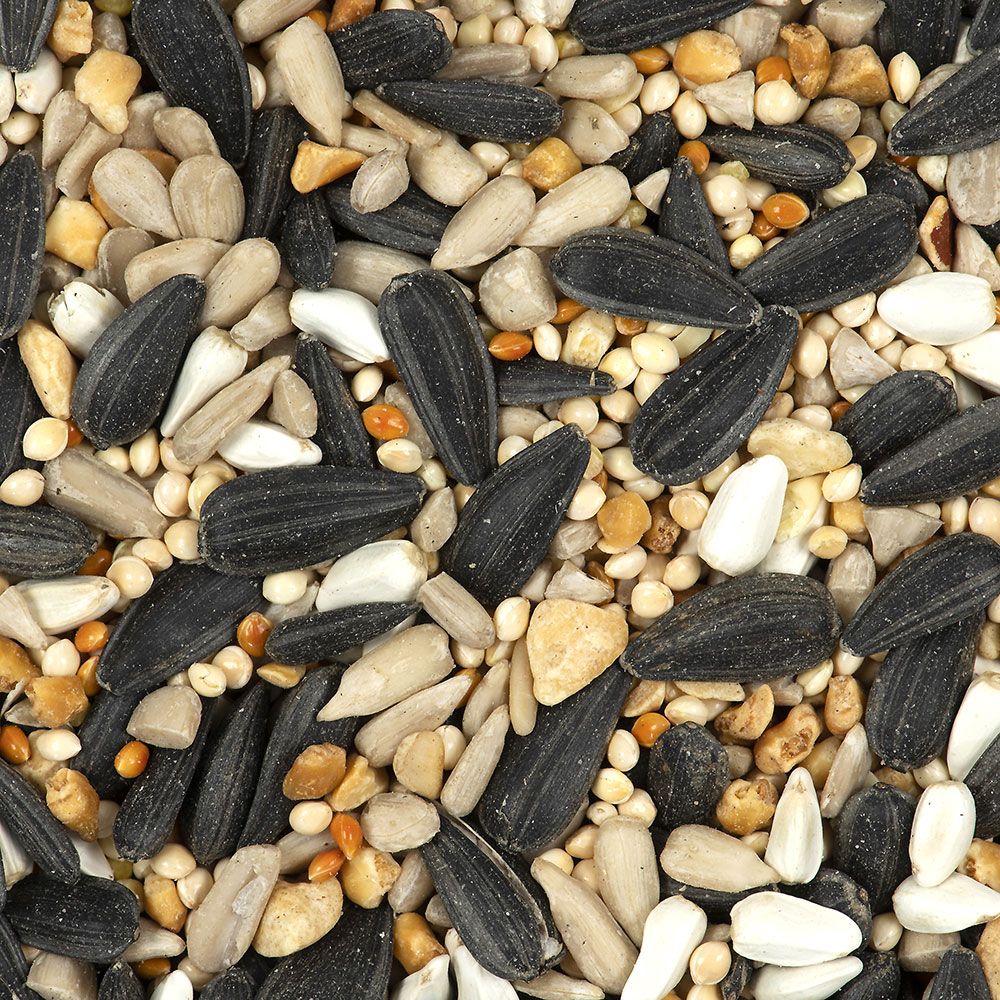
Attracting wild birds to your yard can be a rewarding experience for any bird lover. By understanding the different types of birdseed, considering their nutritional needs, and setting up a suitable feeding station, you can create an inviting oasis for these beautiful creatures. Remember to always keep your feeders clean and stocked to provide a consistent food source for the birds and enjoy the daily visit of these winged wonders.


